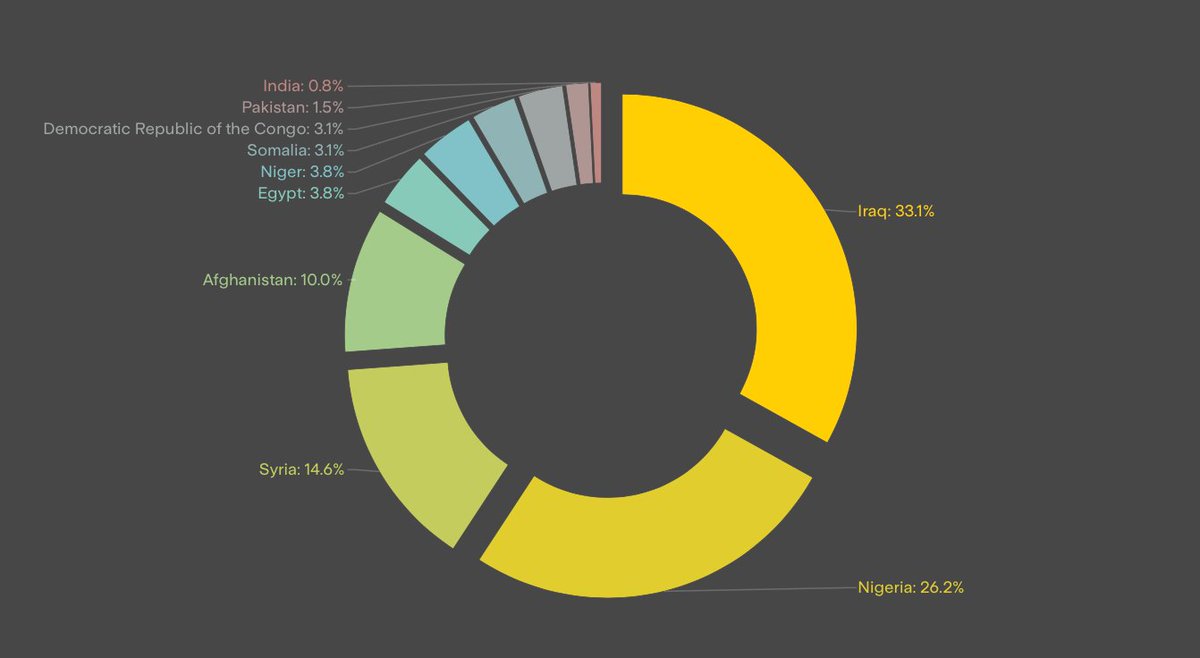
1. Following the explosions at #Saky airbase on Tuesday, satellite imagery (from @Planet) of their aftermath has emerged.
Multiple buildings and aircraft were destroyed – with at least three distinct craters clearly apparent.
L: 9 Aug
R: 10 Aug

Multiple buildings and aircraft were destroyed – with at least three distinct craters clearly apparent.
L: 9 Aug
R: 10 Aug


2. Several aircraft housed in 3-sided berms were destroyed, while others closer to the apparent impact craters seemed to survive.
There are a few possible explanations for this (for e.g., some aircraft may have been carrying munitions while others were not).
L: 9 Aug
R: 10 Aug

There are a few possible explanations for this (for e.g., some aircraft may have been carrying munitions while others were not).
L: 9 Aug
R: 10 Aug


3. In videos shared across pro-#Kremlin Telegram that had reportedly been shot immediately after the first 'strike,' smoke can be seen billowing before a large explosion at the site.
4. Just south of the airfield, pictured below, two buildings also appear to have been struck.
This may well have been the site of the large, secondary explosion.
Top right: 9 Aug
Bottom right: 10 Aug


This may well have been the site of the large, secondary explosion.
Top right: 9 Aug
Bottom right: 10 Aug



5. The response from pro-#Kremlin communities online in the 48 hours since has been muted – far more so than we would expect.
Overall, community chatter remains well below the long- and short-term moving averages, and there has been very little mention of the ‘incident’ at all.
Overall, community chatter remains well below the long- and short-term moving averages, and there has been very little mention of the ‘incident’ at all.

6. Mentions of '#Crimea' (left) spiked momentarily on Tuesday, but only briefly and not in any huge way.
The same was the case with '#Novofedorovka' (top right) and '#Saki' (bottom right).
The explosions didn’t go unnoticed, but nor did they prompt much chatter or speculation.


The same was the case with '#Novofedorovka' (top right) and '#Saki' (bottom right).
The explosions didn’t go unnoticed, but nor did they prompt much chatter or speculation.



7. Of the scant commentary that did emerge, this from pro-#Moscow OSINT guys, Rybar, was shared relatively widely.
TL;DR: They don’t think it was missiles; rather, they think it was a drone or even sabotage, or perhaps just simple negligence (per #Moscow's official line).


TL;DR: They don’t think it was missiles; rather, they think it was a drone or even sabotage, or perhaps just simple negligence (per #Moscow's official line).



8. Besides that, there have been a few piecemeal attempts to focus attention on the civilian damage caused by the explosions in #Saki's vicinity.
Compared with the usual dynamics, these have been half-hearted at best.
It seems pro-war audiences don't know how best to respond.
Compared with the usual dynamics, these have been half-hearted at best.
It seems pro-war audiences don't know how best to respond.
9. This is not a ‘normal’ reaction. There’s been none of the usual conspiracism or denialism.
Instead, it’s been muted, with several key feeds criticising #Moscow for letting this happen.
One to watch as it develops.
Visit extrac.io for more information.
Instead, it’s been muted, with several key feeds criticising #Moscow for letting this happen.
One to watch as it develops.
Visit extrac.io for more information.
• • •
Missing some Tweet in this thread? You can try to
force a refresh

















